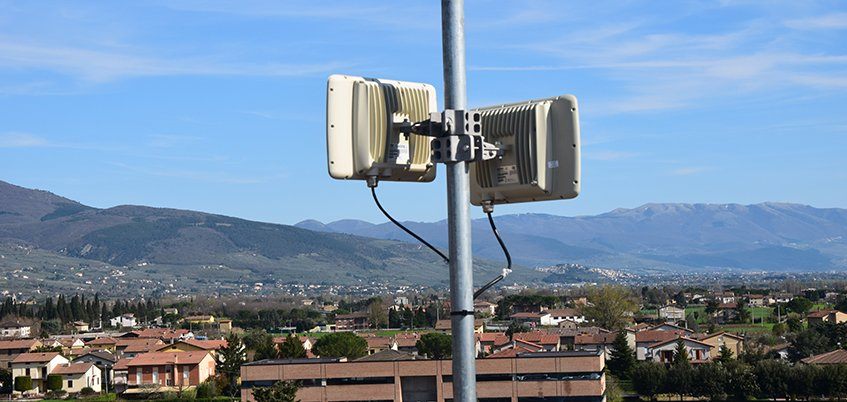Irish ISP Airwire Boosts Network Speeds with RADWIN’s JET PtMP
September 17, 2018

Martin List-Petersen, CTO, Airwire: “JET delivers fiber-quality broadband”
Tel Aviv, Israel, Sept. 17, 2018, RADWIN (radwindev2019.wpengine.com), the global wireless broadband provider, today announced that Airwire, an ISP in the west of Ireland, has deployed RADWIN’s JET Point-to-Multipoint Beamforming solutions to connect towns and rural communities across Ireland.
Martin List-Petersen, CTO, Airwire: “We serve residential and business customers such as SOHOs that heavily depend on quality broadband services. 80% of our customers reside in rural Ireland and our aim is to provide them with similar speeds as delivered to customers in urban areas. With the AIR subscriber units, we deliver 50 Mbps to customers willing to pay a premium price to get faster speeds, much higher than what our legacy network delivers. This also allows us to offload customers from our legacy network and improve service to all subscribers as there is less contention on the legacy network.”
Concluded List-Petersen: “What we appreciate about JET is that it operates in challenging environments and delivers fiber-quality broadband. This includes rural areas where heavy vegetation poses obstacles to direct line-of-sight, and in towns where the noise level is high due to multiple ISPs all working in the same area. Another major plus is that RADWIN’s professional support services are simply outstanding. From our experience, just buying a product is never going to do it in this business because issues always crop up, it’s unavoidable. Proper support after purchasing the product is a crucial component, and RADWIN’s support team makes all the difference.”
Raymond Forado, RADWIN GM Europe: “Our JET solutions are the optimal choice for service providers seeking to bridge the digital divide and deliver high-speed services to underserved areas rapidly and cost-effectively. Like Airwire, our mission is to provide people living in rural areas with high-speed broadband services that are just as good as those available in urban areas.”
About RADWIN
RADWIN is a leading provider of Point-to-Multipoint and Point-to-Point broadband wireless solutions. Incorporating the most advanced technologies such as a Beam-forming antenna and an innovative Air Interface, RADWIN’s systems deliver optimal performance in the toughest conditions including high interference and obstructed line-of-sight. Deployed in over 170 countries, RADWIN’s solutions power applications including backhaul, broadband access, private network connectivity, video surveillance transmission as well as delivering broadband on the move for trains, vehicles and vessels.
Visit RADWIN: radwindev2019.wpengine.com
RADWIN Sales
HQ: +972-3-769-2820
Email: sales@radwin.com
Media Contact
Tammy Levy
Tel: +972-3-766-2916
Email: pr@radwin.com
About Airwire
“Ag Nascadh Pobail an Iarthair” translates to “Connecting the Western Community” in English. This is our aim and our network provides coverage across many Gaeltacht regions. Airwire was established in 2006 and we provide broadband to areas in the west of Ireland where nothing else was available, especially to those who wanted to work from home or operate a business in rural Ireland.
Visit: www.airwire.ie
Contact:
T: 353-91-395 000
E: sales@airwire.ie
 Back
Back























































